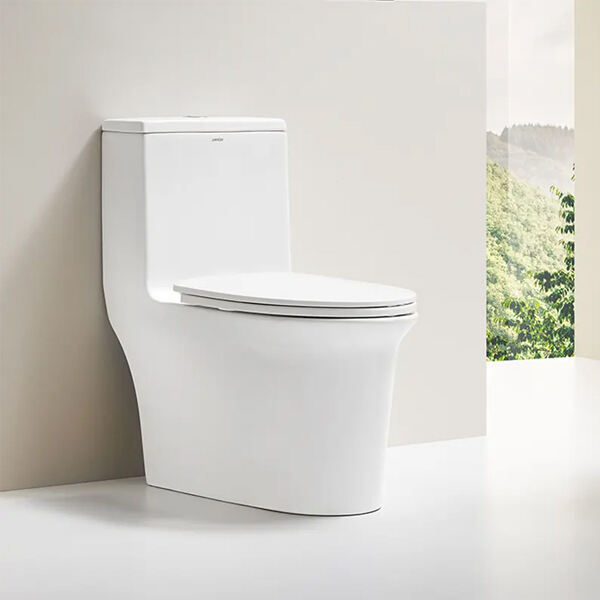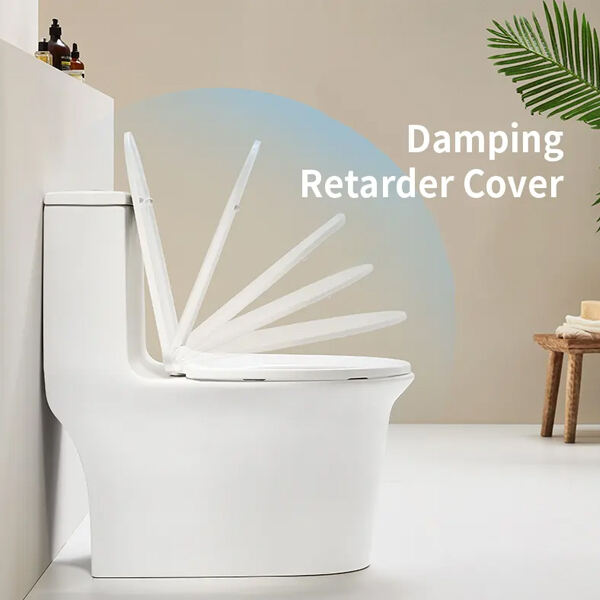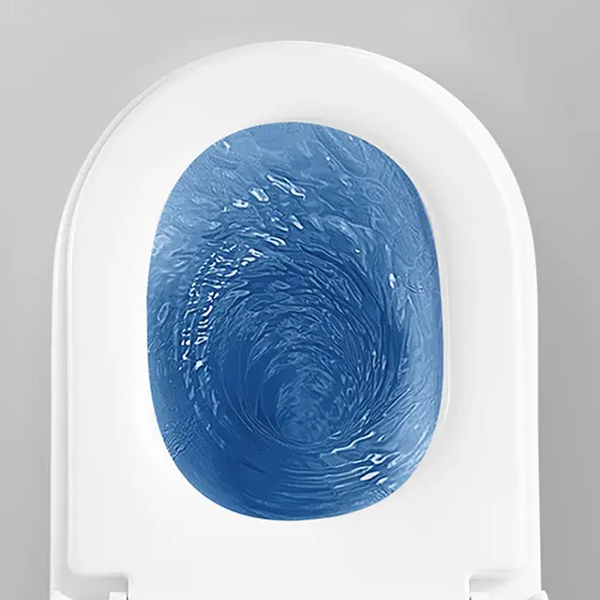پەیوەندیەکانی لەوانەی شەڕەکەت بە کاری سەرکەوتووی کورسەکەکان بکە بۆ ئەوەی دڵنیایەت بکەیت لەوانەی شەڕەکەتەکەت خاسەکە. خاسبوونەکەی ڕۆژانەیی گەڕانەوەی جیکرەکان لەسەر پێکردنەوە. دڵنیایەت بکە بۆ ئەوەی سەرچەمەکان، پەیوەندیەکان و هەر کامێکی تەنها بەکارهێناوەتەوە کورسەکەکان بکە. ئەوە دڵنیایەت دەدات کە لەوانەی شەڕەکەتەکەت نوێ و شەڕەکەتەکە.
بیرلەوە بکە لەسەر خریداری دوای ڕێکی کمپشی بکە لەسەر ئەوەی دەنیا بچێت. دیزاینەکانی بچووە دەنیا: ئەم دوایانە زۆر لە دەنیا بکارهێنن لەگەڵ دوایەکانی تر. هەڵبوونی تریارە، شێوازێکی تر ئەوەیە کە ژمارەیەکی نوسین یان ئەوانەی پڕدەنیا لە دەستپێکەوە بنێریت. ئەمە هاتووە کە دوایەکە بەرامبەر بچێت لەسەر هەر سەبارەکە، بۆ بچووە دەنیابۆیە.
ناوێکی تری چاکلەری تۆیلت "خانەی ڕووبەر"ە و نموونەی یەکەمی ئەوە لە ٥٠٠٠ ساڵ پێش لە وادەی Îndus دەربڕە. ئەم تۆیلتی پێشەنییەکەیەکانی ڕەنگەڵەوەی گەورە بە کاری گەورەییەکانی ڕەنگەڵەوەی گەورە دەربڕە. ھەروەها لە کاتی پێشووەوە، ئەوە ڕێگەیەکی زۆر شێواز بوو لە بەرامبەری شوێنەکان.
لە ساڵانی ١٦ەم، کاتی مالکه ئەلیزابېتی یەکەم، خانەکانی بەکارهێنەرەکانی لەسەر دۆزین هەندێک توارەکانی پشیوەیی بەکارهێنا، کە لەوانەیان لە سەر رۆخەی تایمز دەبوو. بەڵام زۆرێک لە مرۆڤەکان هەنوز توارەکانی ناپشیوەیی بەکارهێنا. توایلاکەکانی ھەماڵی کە توارەکانی پشیوەیییان هەبوو ناچەکاو بوون لە ساڵانی ١٩ەم. ئەمە شوێنێکی گەورە بوو لەسەر هەواڵداني بۆ هەموو.

ئەوە کە صوتی میکروبەکانی کە لە دەرەوەی ئەوەدا بوون بەردار بوو، کە لە ساڵانی ١٨ەمی باس لەسەر ئەوەی توماس کرەپەر، یەکێک لە ئەمباشیکارەکانی بریتانیا، جێبەجێكردووە. دیزاینی ئەوە هەروەها لەسەر سیفۆنێکی ڕووداو بوو، کە فشاری نەگاتیوییەکی ڕووداو کرد کە ئەوە لە دروستەی وەشتووەوە بە سەرەوەی ئەوەی دەربڕد. ئەوە توایلاکەکان بەکارهێنانی زۆرتر و زۆر زوور تازەتر کرد. ئەوەی چەندین نفر توایلاکەکان «دیوارەکی کرەپەر» دەوترن لەبەر ئەو ژمارەیی کە کرەپەر کارکردووە!

توالەتێکی بەپارچەی کم یان توئین فلاش بکەرەوە. لێرەدا ئەم گونجی توالەتەکان دیزاین کراون بۆ بەکارهێنانی زیاتر لە ئاوا، پێکهاتووە کە ئەم رێکخراوەی باشترین بکرێت. کاتێک هەردوو هەڵبژاردانی ئەوەی دیاری کردەوە، ئەوا دواتر دەست پێ بکەیت بۆ چوارچوون.

دیاریکراوێکی زۆر ڕێکەوتنەوەیە لەسەر دیزاینەکان و چارەکەکانی نوێ لە توالەتەکان و لە لەوانەی ڕەقەکانی سەدەی ٢٠. ئێستا، لە کاتێکدا کە چارەکەکانی زۆر کارەکان و پایدا بوونەکانی ڕێکخراوەکان دەستپێکەوە لە گشتی و ڕاستەوخۆی هەر ڕێکخراوەکانی ڕەقیکەکان. گۆڕانکاریەکانی دیزاینی توالەت نشاندەدەن کە چۆن لە ساڵانی ڕووداوەکان خاسبوونەکان و هیجیەکان زۆر باشتر دادەن.
ARROW Yek ji hemî sanayeyên wekhevîn û destpêkên wekhevînên saniterya li ser herdemê din di navjimandanên top 10 an jî di destpêkên top 10 an jî ye, ku 10 vêne prodûksiyonê bi alanjên zorî ya li ser 4 million metr kvadratî ye. Ji bo produktekan top-kalîte yên bi dizayn inovatyîf, wan heman serviceyên pelast kirinê yên alîkariyê, kompanya amîdeya wergihîn û pêşbaziyê ya kliyanên her dem di Amerîka û li ser herdemê din ye.
ARROW li ser 1994 destnîşan kir, û niha li her aliyê navendê zêde ji bo 13,000 salon nîşandaniya wekheviya ve hatine. ARROW salon an wekhevî li ser heman tiştên Çîn ye. Ji 2022 paş, ARROW bi girîngî binivîsa bajarên din di nav betalê de hate kird. ARROW salon eksklûzîf û birokan li Serbixtan, Emirâtên Arabî Nîşan (EAN), Qırğızstan û Myanma, û wê bûyî re heye. Niha pirsgirêkên wan li ser zorî 60 welat û rega derbas kir.
تکنۆلۆژی ئەمێڵی گشتی ڕووداوەکەیە، زاتیاتر لە کاتی پێشکەشی ترینی تکنۆلۆژی. لە هاوبەشێکی گور بە کارگەرانێکانی چارەسەرتر، ARROW ناوەندی ژێرهەڵبژاردبوونی ساڵۆنی سەرکەوتوو کرد، کە لەناوەنددا یەک لە مامستەیەکی کۆمپیوتەری ناس کراوە (CNAS) لە ڕۆژهەڵاتی کوردستان (یەکێک لە ڕۆژهەڵاتی کاری دەرەکی) هەشت مرکزی چالاککردن و یەک مرکزی ژێرهەڵبژاردبوونی تجربە کراوە. ARROW ئێستا زیاتر لە ٢٥٠٠ پاتەنت دروست کردووە.
ئەنجامی ئەوەر: ARROW دەستی بە ژمارێکی زۆر لە کاروبارەکان هەیە کە لە سەر هەموو ڕووبەرەکان دەپرسێت بۆ دروستکردنی پێویستەکانی گشتی زۆرێک. کۆمەڵگەیەکی باشترین لە بازاردا بۆ نەخۆشەکان دەدات، و پشتیوانی ڕێگایی دەدات: ARROW پشتیوانی ڕێگایی ڕاستەقینەیەکی تەواو بۆ نەخۆشەکان دەدات، لە کاتێکدا کۆمەڵگەیەکی چاودێری نمونە، کۆمەڵگەیەکی ئاسایی، ئەوەزکاری قورس، ئەوەزکاری برند، مارکەتینگ، و خزمەتی ڕەشوەرگرییەکان هەیە.